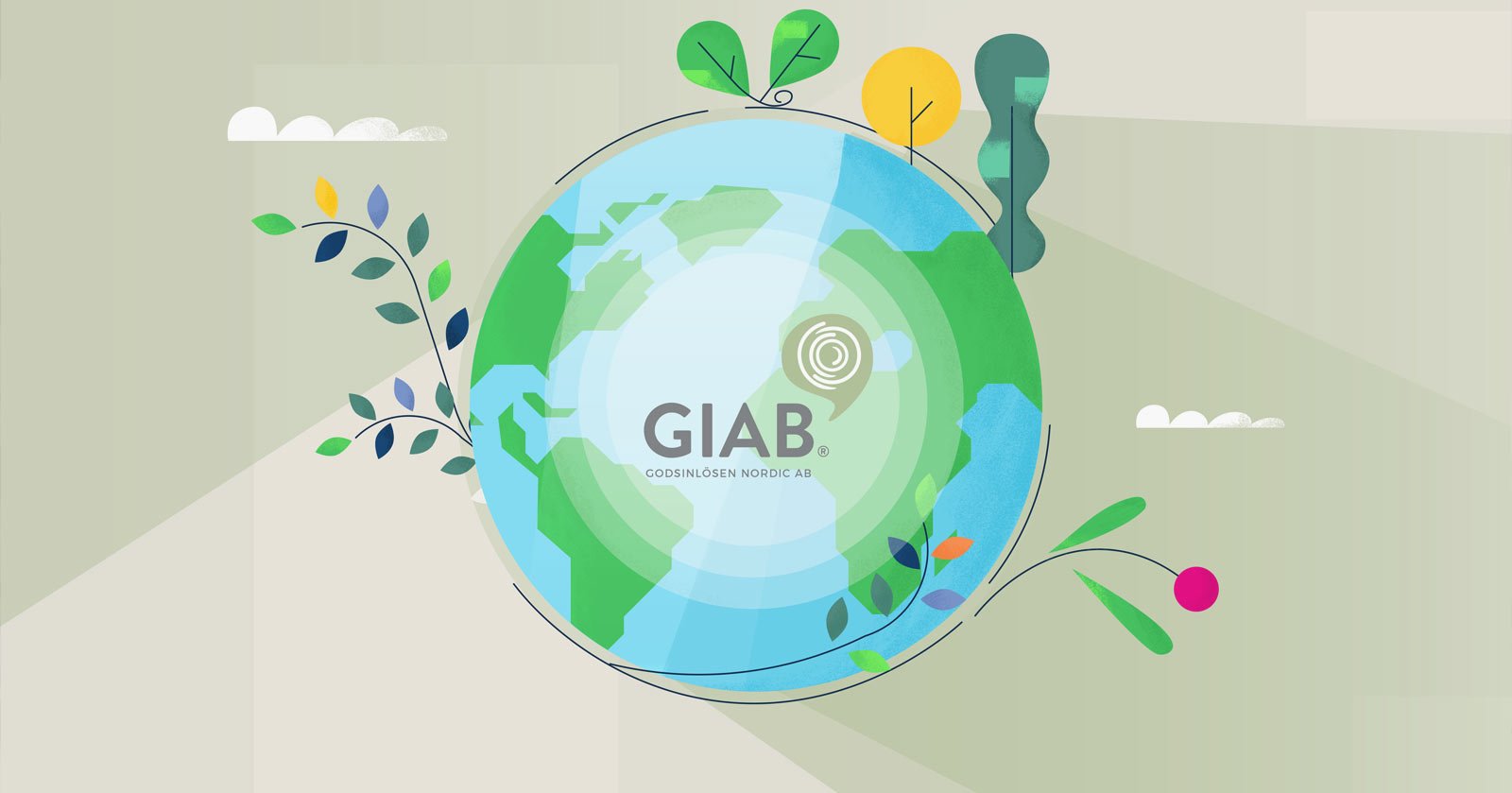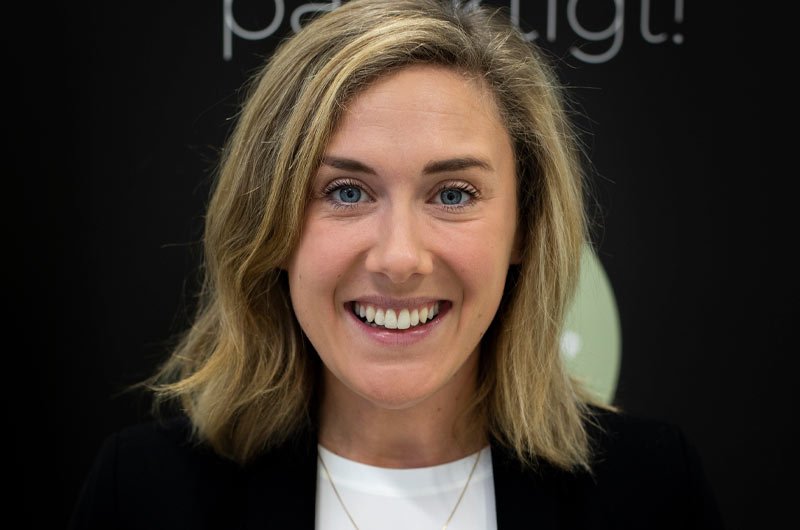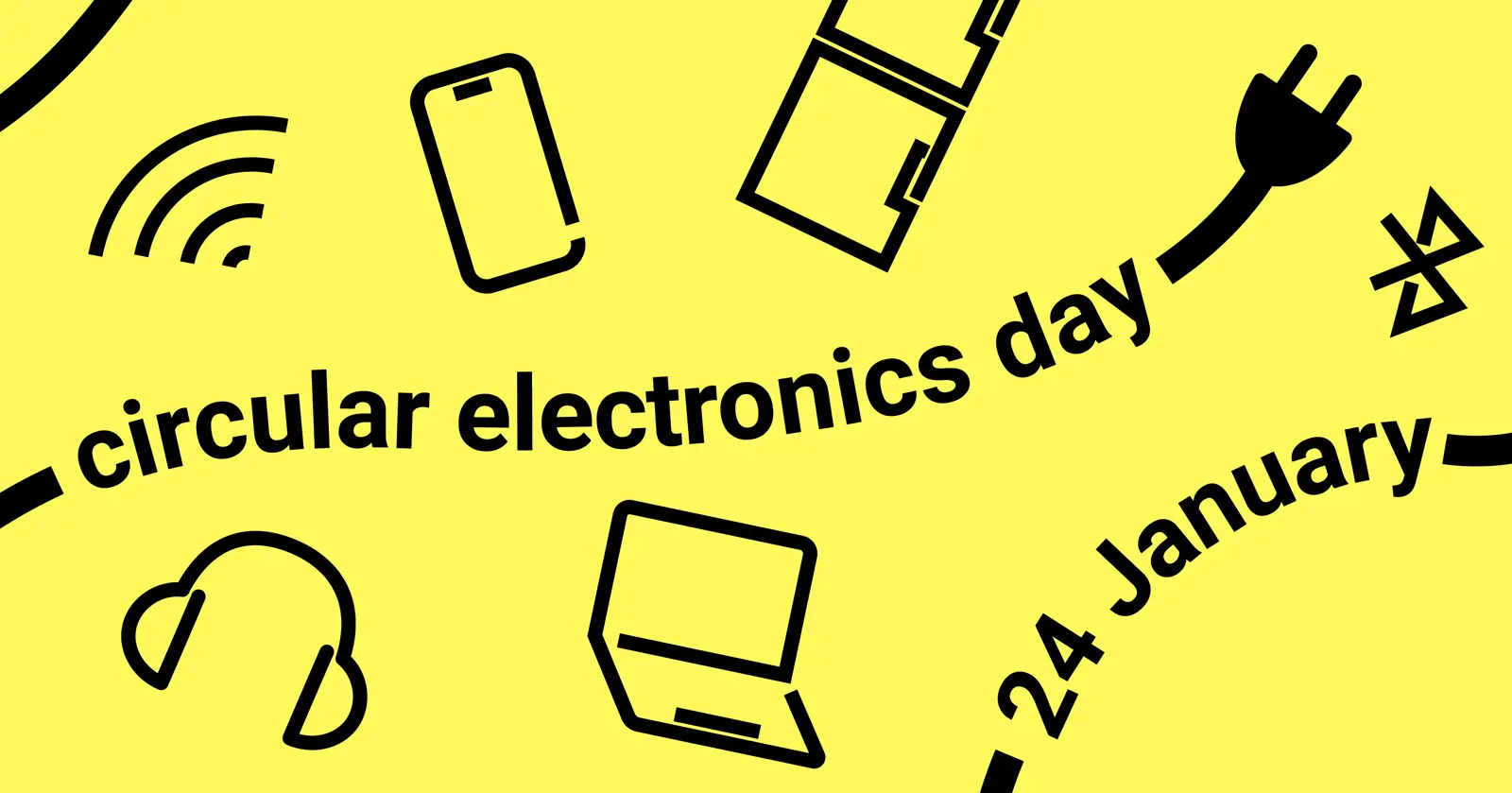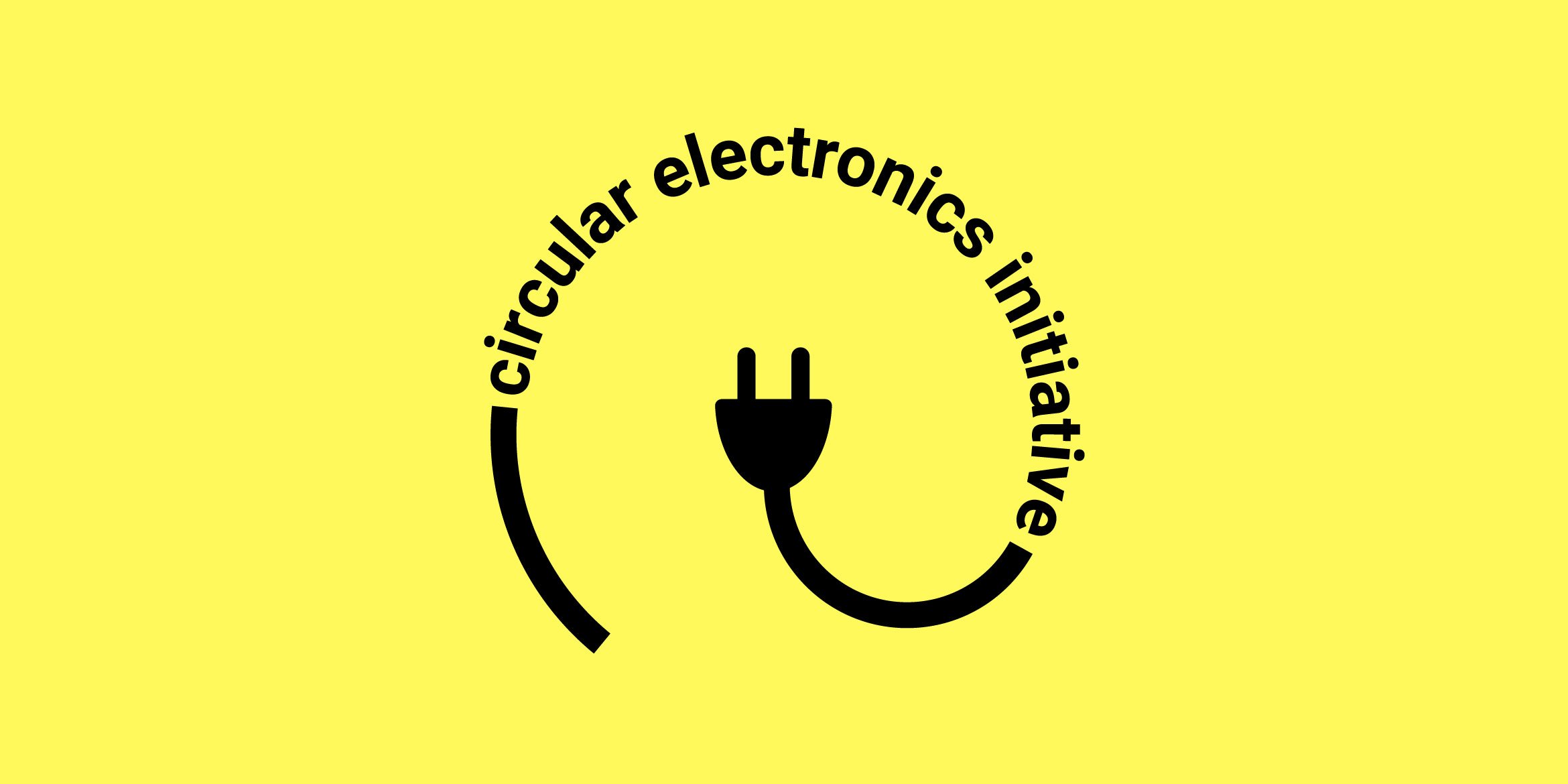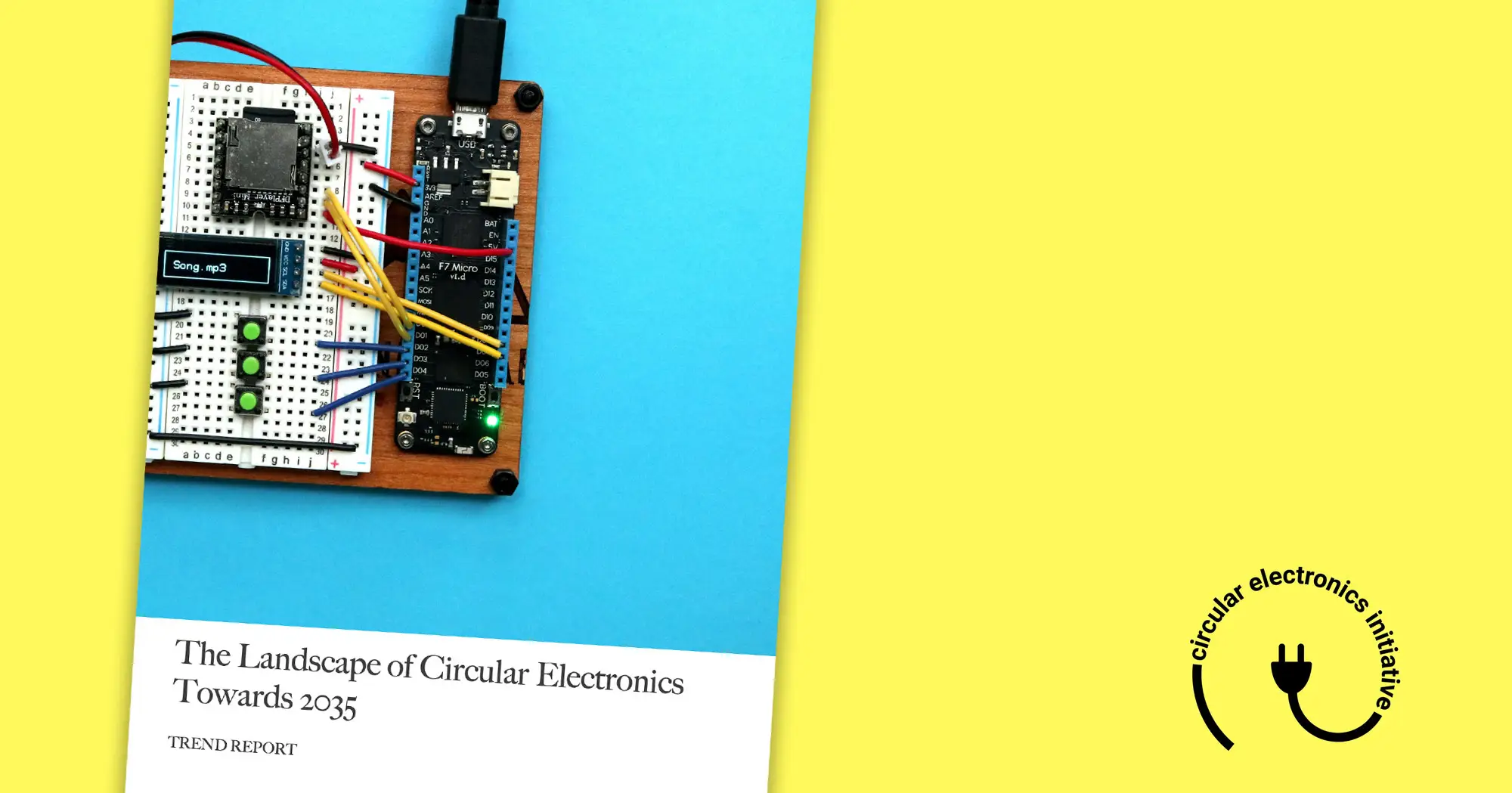Matilda Jarbin, COO at Godsinlösen Nordic AB (GIAB), declares why the EU needs to act now and why the repair industry is crucial in the transformation to a circular economy.
This case is part of the Circular Electronics Day 2021 best practices series. Multiple organizations stand behind this initiative that takes place on January 24 with the aim to encourage organizations and consumers to take a more responsible approach to electronics.
What is GIAB?
GIAB is an innovative fast-growing company that gives products a new life through circular economic principles. In an innovative way, GIAB has developed a reuse model by digitalization, efficiency and generation of sustainability data to meet the needs of large companies. By collecting, reconditioning, up-cycling, repairing and reselling to end consumers, GIAB reuses all kinds of products. Primarily sources are the insurance industry and e-commerce, but also directly from distributors and producers. All products are verified and become traceable through our in-house developed platform with a focus on profitability and sustainability. GIAB was founded in 2012 and has become an expert in implementing circular business models.
What is the right to repair?
The European Commission has during 2020 declared details about the planned package of measures called the Circular Economy Action Plan (CEAP). The plan includes different measurements and legislation to benefit the “Right to repair”.
In November 2020, the EU parliament promoted a culture of reuse and improved reparability, and an extended lifespan of products by voting for the right to repair. The right to repair proposes new rules for waste management and the removal of legal obstacles that prevent repair, resale, and reuse. Among the suggestions is also making repairs more appealing, systematic, and cost-efficient, for example by providing guarantees for replaced parts or better access to information on repair and maintenance.
The right to repair seems to be promising but we are still waiting for the EU to vote about the details in 2021. The EU has indeed high ambitions but with the wide range of wording, it is difficult to know what the right to repair actually means and will result in. It’s going to be exciting to follow the European Commission’s work during this year. We welcome tough and efficient legislation.
Can the right to repair push the transformation to a circular economy?
A circular economy entails decoupling economic activity from the consumption of finite resources and designing waste out of the system. Our consumption and the production of electronics is indeed a challenge for us to manage, in a resource-efficient perspective. There is a big negative impact regarding the production of electronics, and it demands several finite resources and scarce metals. Producing a smartphone generates 86 kg of waste and the same number for a laptop is 1200 kg. At the other end of the life cycle, we have a huge challenge with waste management. More than 50 million tonnes of electronic waste are produced worldwide every year. Only one-fifth is recycled. Electronic waste may triple to 120 million tonnes by 2050. And the way we manage electronic waste around the world is not always the best. In a lot of countries, it is managed in a way very hazardous for humans and the local environment.
The right to repair and the circular economy action plan is a step forward in the right direction. But it’s very important that the legislation becomes effective and that it encourages companies to transform to circular business models. We would like to see the EU also focusing on upstreams. It’s really important for our politicians in both Sweden and the EU, to just not focus on the end of life. The most important focus is upstreams in the resource extraction and production phase.
Is the market ready?
We encourage consumers as well as companies and the public sector to buy reused electronics. We know that the market is ready because we are already doing business in this market. However, it’s more mature for consumers than for companies. We see that in consumers’ behavior today. Actually, 77 % of EU citizens would rather repair their devices than replace them.
We, together with the industry, can deliver reused electronics with high quality, guarantees and good prices. We believe that there is no reason not to purchase reused items. But with our experience, we know that there are obstacles and a big gap of knowledge that we must deal with now to be able to scale up this and make a difference. For example, the public sector announces that they want to transform into a more circular consumption, and we are here ready to provide that. But we still see procurement focusing on buying new electronics. We get questions from different businesses about how to reuse their electronic devices, but they themselves want to buy new ones. It’s not a balance between these two. The market needs a little push in the right direction and that’s why the EU needs to push for more sustainable public procurement as well as production and waste management.
About GIAB
Our business idea is to develop and implement routines in organizations based on a circular economy. GIAB is located in Sweden and Norway and Denmark and Finland is up next. In the last couple of years, GIAB has become an expert in circular economy and a proof of concept that it is totally possible to do profitable business in a sustainable way.

